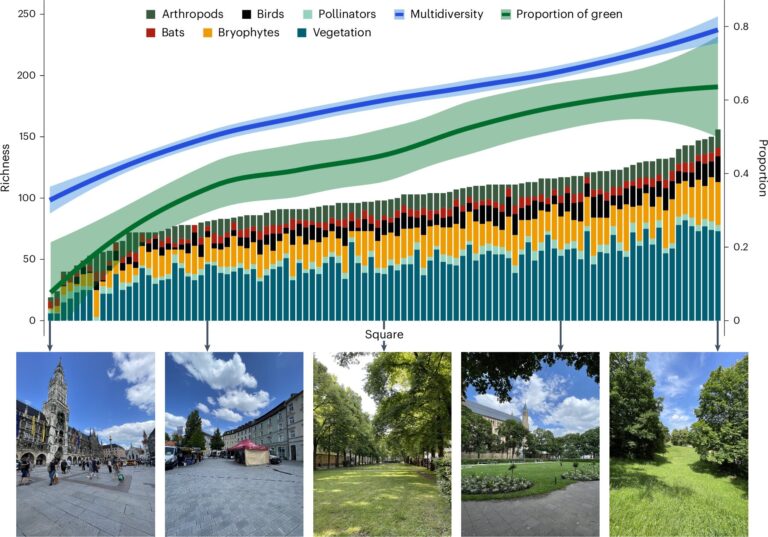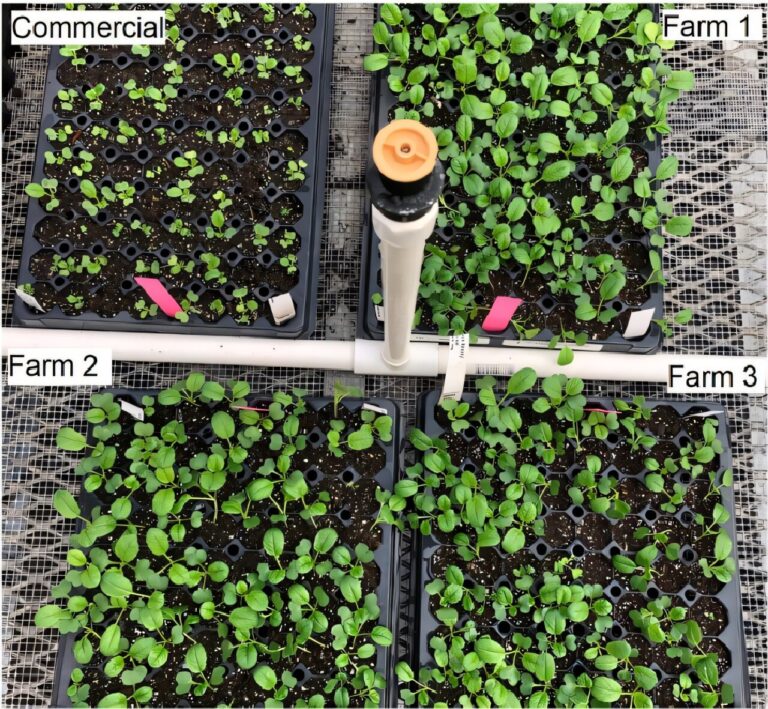

Chlorophyll a fluorescence (ChlF) has been a pivotal tool in understanding plant photochemistry, offering insights into the energy transfer processes within chloroplasts and the efficiency of Photosystem II (PSII). Researchers have relied on quantifying ChlF through specific measures such as F0, Fm, and Fv under various lighting conditions to assess photosynthetic activities.
Nonetheless, the technique encounters obstacles owing to the intrinsic uncertainties in gauging the absolute magnitude of ChlF and the fluctuation in baseline levels affected by environmental conditions. This complicates the interpretation of ChlF data and its correlation with photosynthetic efficiency.
Plant Phenomics published research titled “Dynamic Analysis of Chlorophyll a Fluorescence in Response to Time-Variant Excitations during Strong Actinic Illumination and Application in Probing Plant Water Loss.”
In this study, researchers employed a dynamic approach to measuring chlorophyll a fluorescence (ChlF) in plants by using a pseudo-random binary sequence (PRBS) as a time-variant multiple-frequency illumination excitation under strong actinic light. This method allowed for the observation of ChlF responses not only in the time domain but also, more importantly, in the frequency domain, emphasizing amplitude gain variations at different frequencies.
By analyzing these responses amidst conditions of varying moisture levels, the study revealed significant insights into how nonphotochemical quenching (NPQ) and moisture loss impact ChlF dynamics. The results revealed that NPQ activities introduce nonlinearity and nonstationarity in ChlF responses, particularly affecting low-frequency responses below 0.03 rad/s, which exhibit a linear correlation with NPQ levels.
This correlation suggests that low-frequency gain could serve as a compensatory measure for the variabilities encountered in ChlF measurements. Furthermore, the study demonstrated that while the low-frequency amplitude gain provides a direct link to NPQ, the high-frequency gain more closely correlates with plant moisture loss, suggesting that both NPQ and moisture status markedly influence ChlF kinetics in a nonlinear manner.
In summary, this research not only underscores the complexity of ChlF responses under varying environmental conditions but also presents a novel methodological framework that leverages dynamic characteristics of ChlF to enhance the accuracy and utility of ChlF measurements in plant physiological research.
The findings advocate for the use of frequency domain analysis to better account for variations in ChlF measurements induced by strong actinic illumination, offering a path toward mitigating these variabilities and improving the reliability of ChlF as a tool for assessing plant health and stress responses.
More information:
Junqing Chen et al, Dynamic Analysis of Chlorophyll a Fluorescence in Response to Time-Variant Excitations during Strong Actinic Illumination and Application in Probing Plant Water Loss, Plant Phenomics (2024). DOI: 10.34133/plantphenomics.0151
Provided by
NanJing Agricultural University
Citation:
A novel approach to chlorophyll a fluorescence measurement under environmental stress (2024, March 13)
retrieved 13 March 2024
from https://phys.org/news/2024-03-approach-chlorophyll-fluorescence-environmental-stress.html
This document is subject to copyright. Apart from any fair dealing for the purpose of private study or research, no
part may be reproduced without the written permission. The content is provided for information purposes only.





